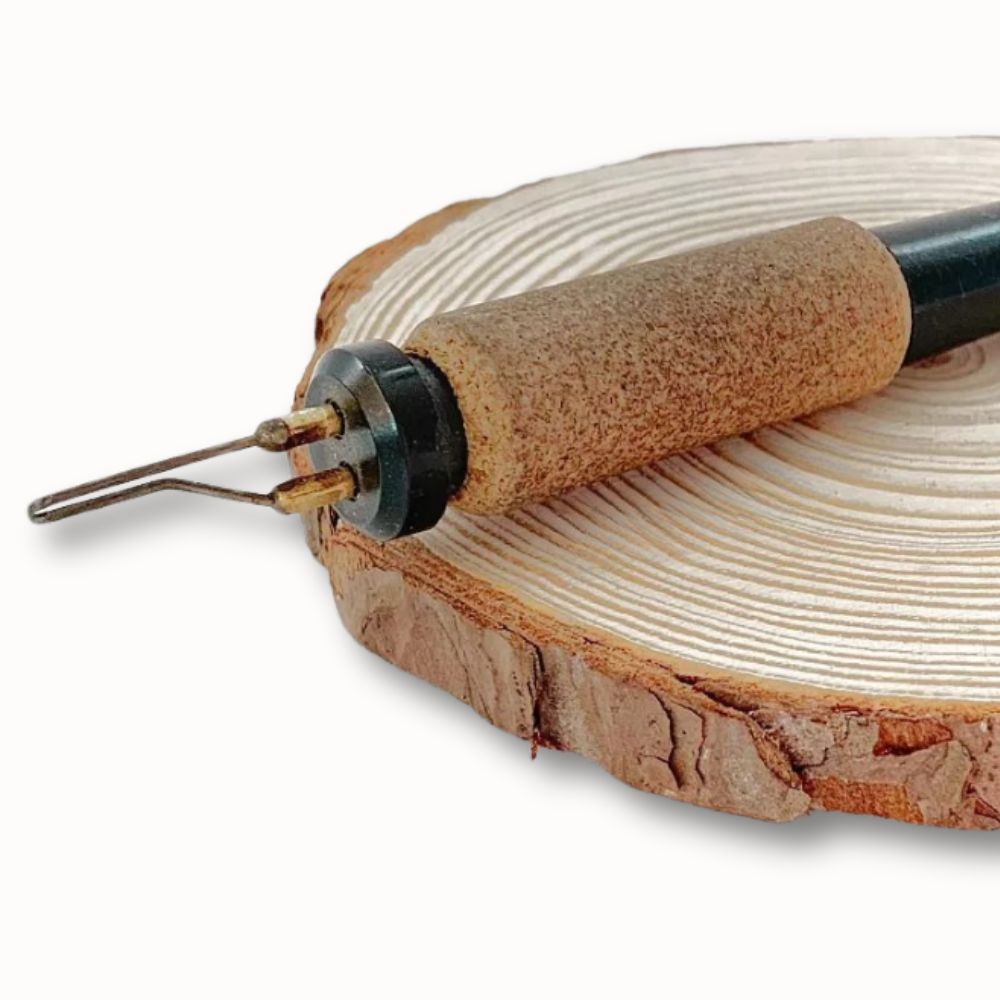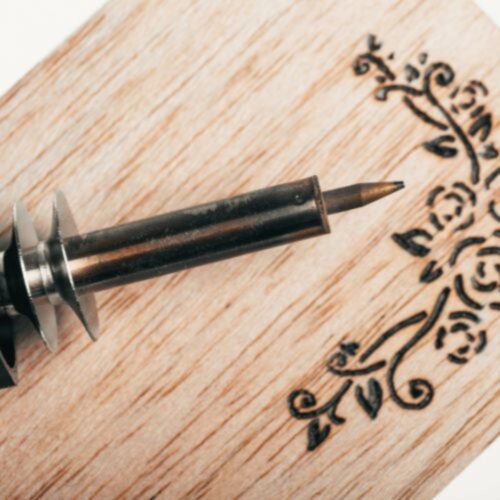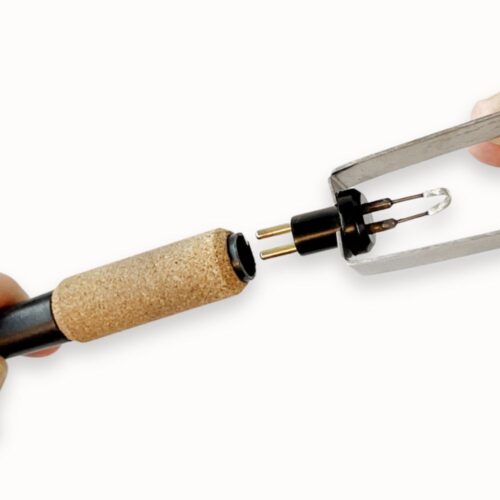
How to Choose the Best Wood for Pyrography
A beginner-friendly guide to wood surfaces that burn beautifully—and which ones to skip.
When I first started woodburning, I grabbed the only thing I had lying around: a scrap piece of plywood from the garage. (Spoiler: not the best choice.) It smoked, smelled strange, and the pen dragged like I was etching into cardboard. But I was hooked anyway.
It didn’t take long to realize the type of wood you use really matters—especially when you’re new. Some woods make the process smooth and satisfying. Others? Frustrating from the first line.
So if you’re just starting out, here’s what I’ve learned—what to use, what to avoid, and where I find the best wood for pyrography.
What Makes the Best Wood for Pyrography?
Look for these qualities:
- Light in color — your designs will show up more clearly
- Smooth surface — easier to glide your pen across
- Soft or medium density — burns cleaner and more evenly
- Untreated and chemical-free — always burn on natural wood
The goal is to find a surface that doesn’t fight you—just one that helps your burner do its thing.
My Favorite Types of Wood for Woodburning
Below are my go-to choices when it comes to finding the best wood for pyrography.
Basswood (My #1 Pick)
Basswood is by far the best wood for beginners in pyrography. It is soft, smooth, light in color, and beginner-friendly. Basswood is hands down the easiest to work with. No harsh grain, no surprises.
→ Find my favorite small basswood slabs here
Poplar
Poplar is another solid option. Slightly harder than basswood, but still easy to burn. It’s usually affordable and easy to find at hardware stores—perfect for practice.
Soft Maple
Soft maple has a beautiful natural look and takes burn marks well—as long as you go slow and steady. A little denser, but beautiful to work with once you’re more comfortable. Just go slow and adjust your heat as needed.
Birch
Birch burns beautifully if you take your time. It’s a bit harder than beginner favorites like basswood, so you’ll want to slow your hand or bump up the heat a little. The upside? It holds detail really well and gives your designs a crisp, clean look.
Note: Be careful with craft store plywood—some versions have glue layers that burn unevenly. If you can, stick with solid, unfinished birch for the best results.
Sourwood
Sourwood doesn’t get enough love, but it’s one of my go-to picks – especially for coasters. It’s light, smooth, easy to burn, and has just enough grain to give your work some character without overpowering your design. I like using it for small batch projects or when I just want something quick and satisfying to burn.
I’ve linked the exact 75-pack I buy [from Amazon] if you want to give it a try.
Woods to Avoid as a Beginner
Pine
Pine is soft, but it’s packed with sap and often has knots that are difficult to work around. Your burner can stick or drag, and the sap may bubble or smoke. I’ve worked with it before, but honestly, it’s more stress than it’s worth when you’re still learning.
Treated or Stained Wood
Never burn on pressure-treated or stained wood. It might look pretty, but the chemicals can release toxic fumes when heated. Always stick with natural, unfinished wood surfaces for safe burning.
Dense Hardwoods (Like Oak or Walnut)
These hardwoods are beautiful, but very dense. Your pen won’t glide the same way, and you’ll likely have to slow down significantly. I love oak and walnut for other projects, but they’re not the best wood for pyrography when you’re still getting the hang of it.
Quick Tips Before You Burn
- Start small. Grab a few basswood rounds or plaques to practice on.
- Sand your surface. Even if it looks smooth—your pen will thank you.
- Avoid glue lines and fillers. These show up in cheaper wood and burn unpredictably.
- Do a test burn. Always try a corner or backside first to see how it reacts.
Where I Buy Wood for Pyrography
Most of my wood comes from a few trusted places:
- Amazon – Convenient, and I’ve linked my favorite picks right here.
- Walnut Hollow – Great for consistent basswood quality.
- Local craft stores – Michaels or Hobby Lobby can be hit or miss, but you can sometimes find great blanks—just make sure they’re smooth and unfinished.
Final Thoughts: Why the Right Wood Matters
Choosing the best wood for pyrography is about setting yourself up for a better experience. The right wood can help you fall in love with the process. The wrong wood might leave you wondering whether you should even bother trying.
My advice? Keep it simple. Start with basswood. Avoid anything treated or too dense. And most importantly, give yourself room to learn.
You’ve got this.




